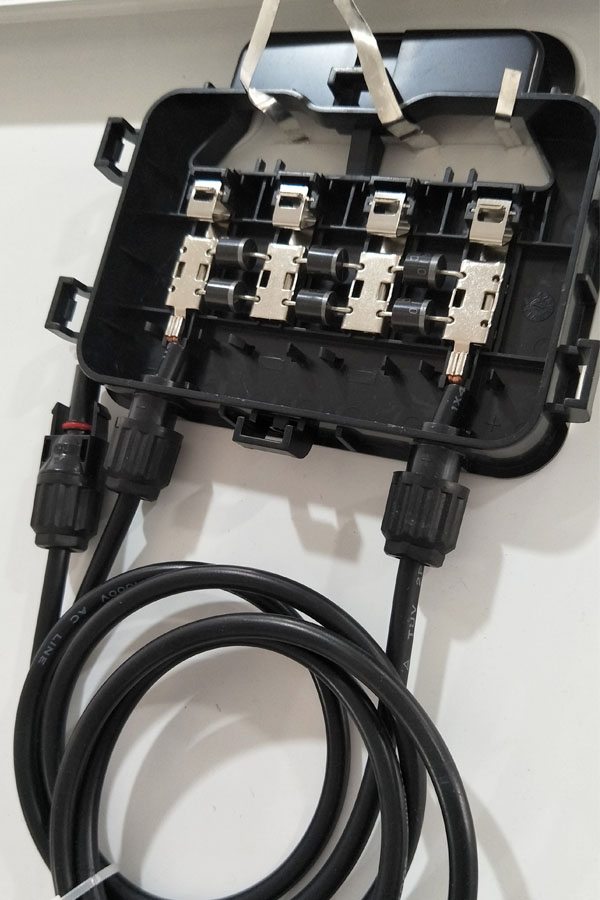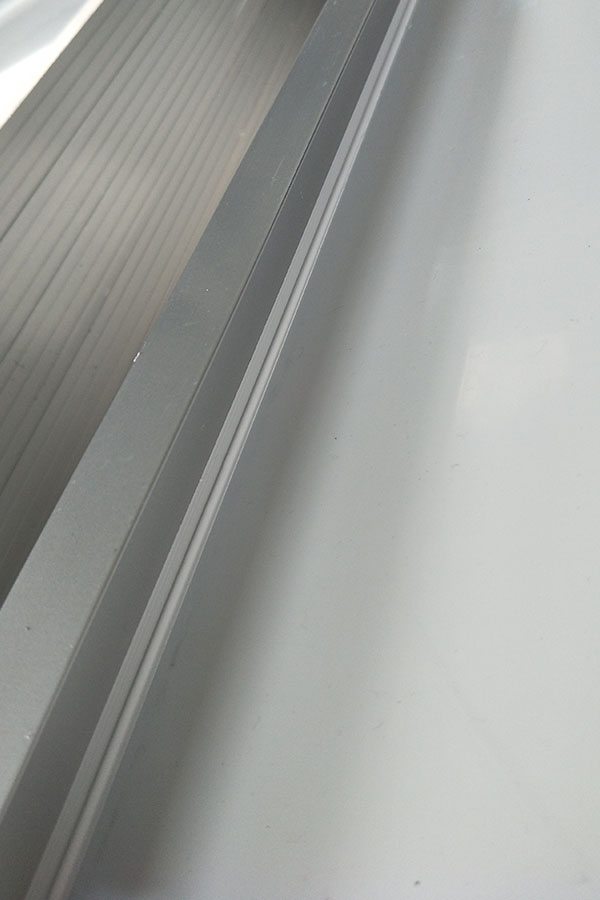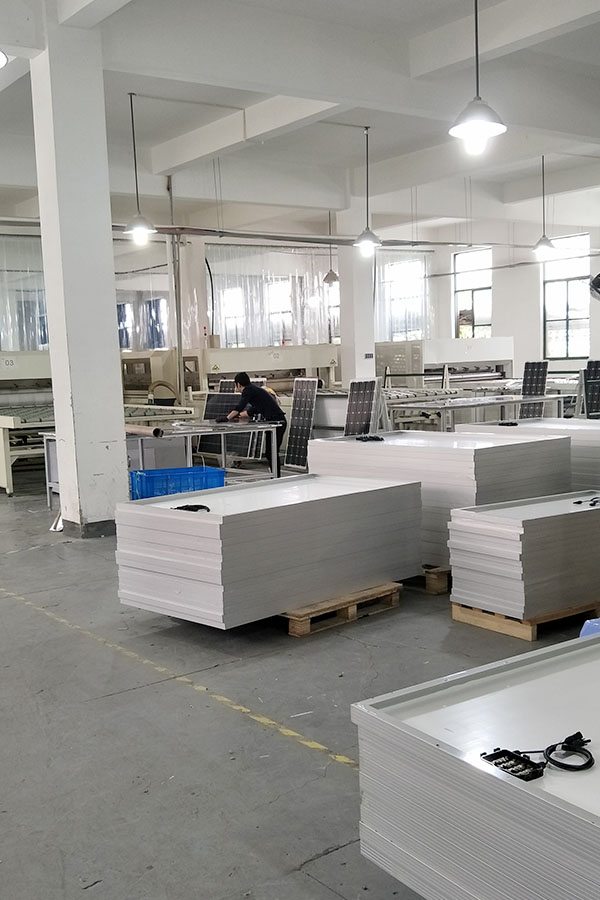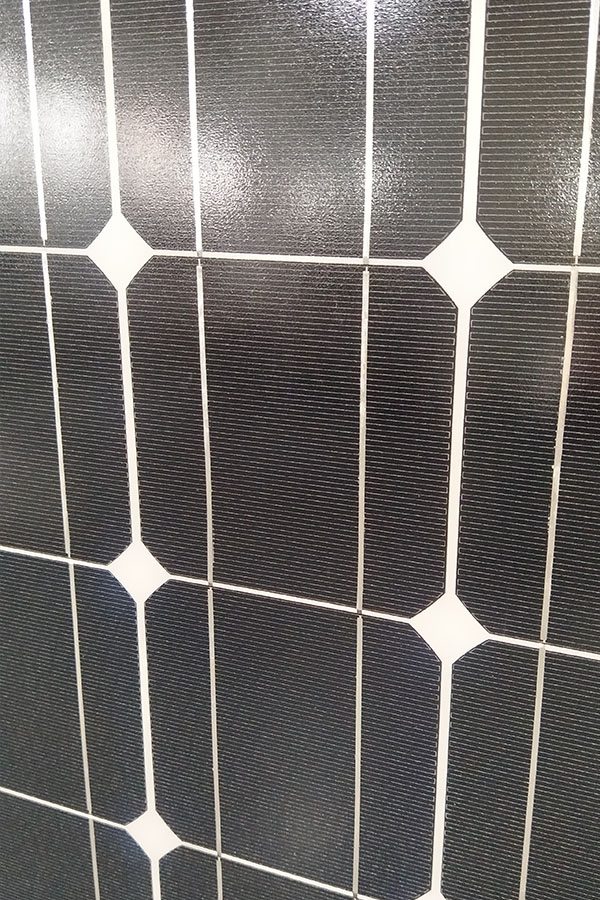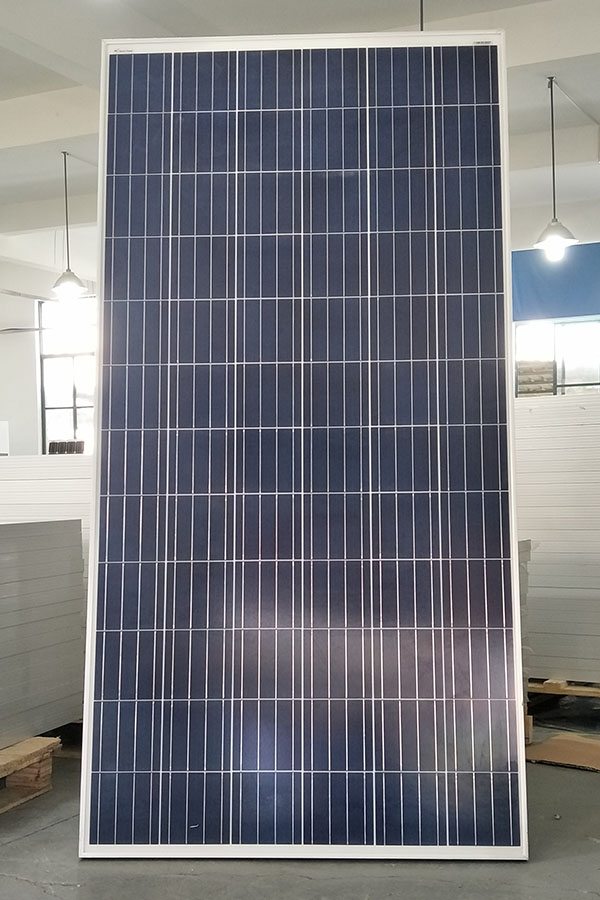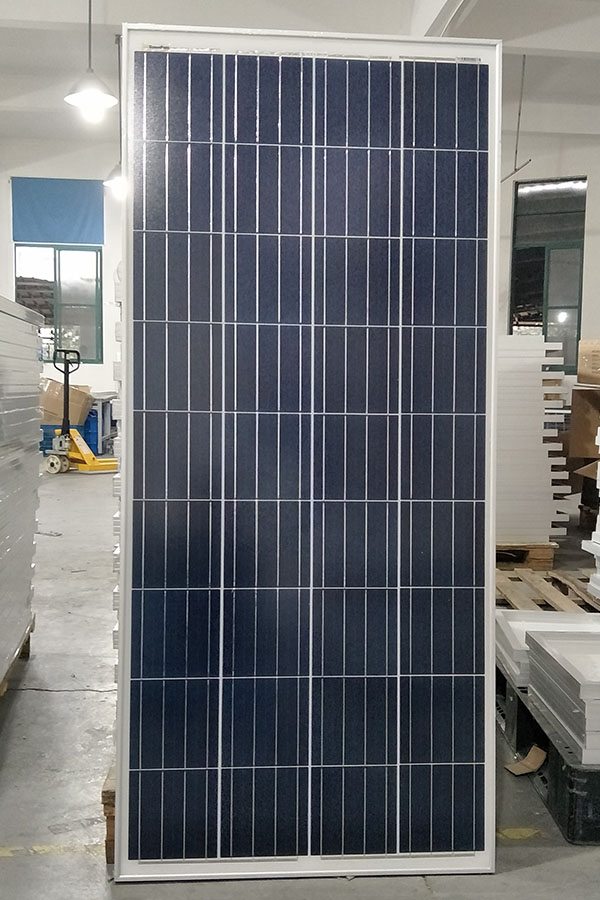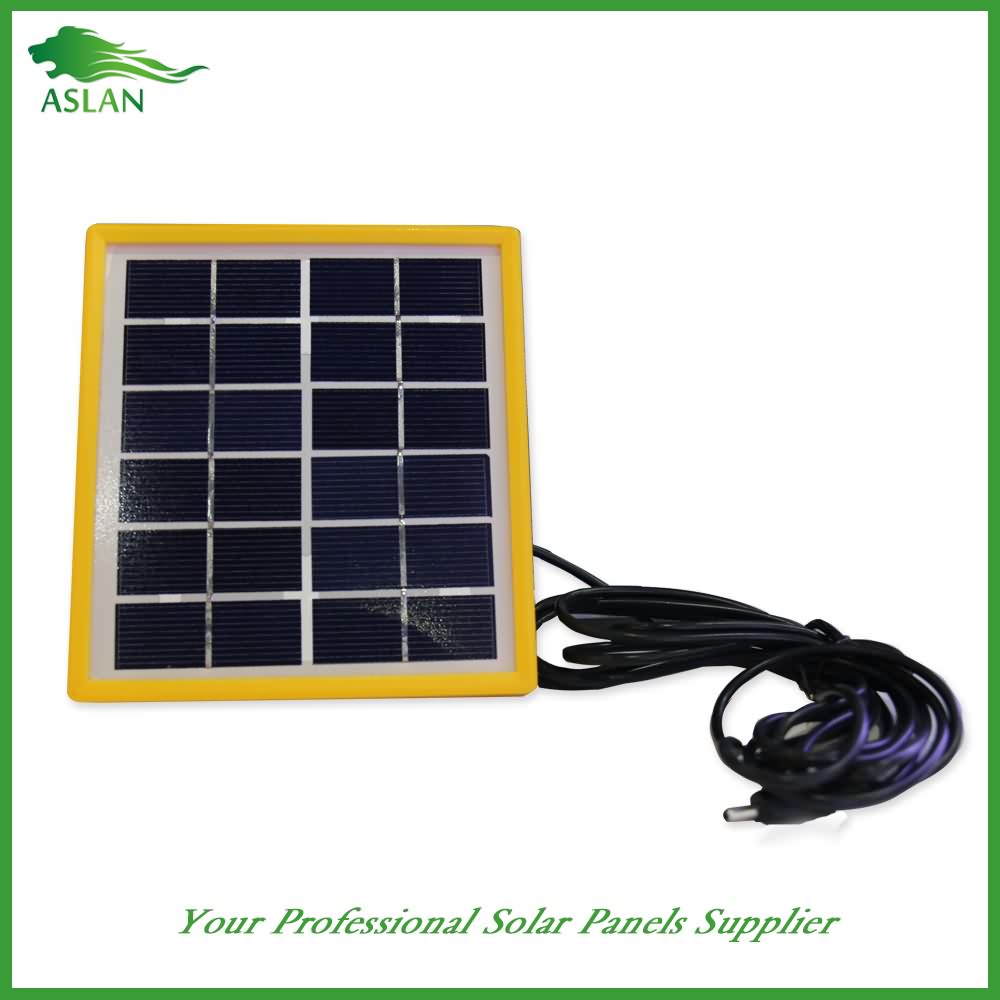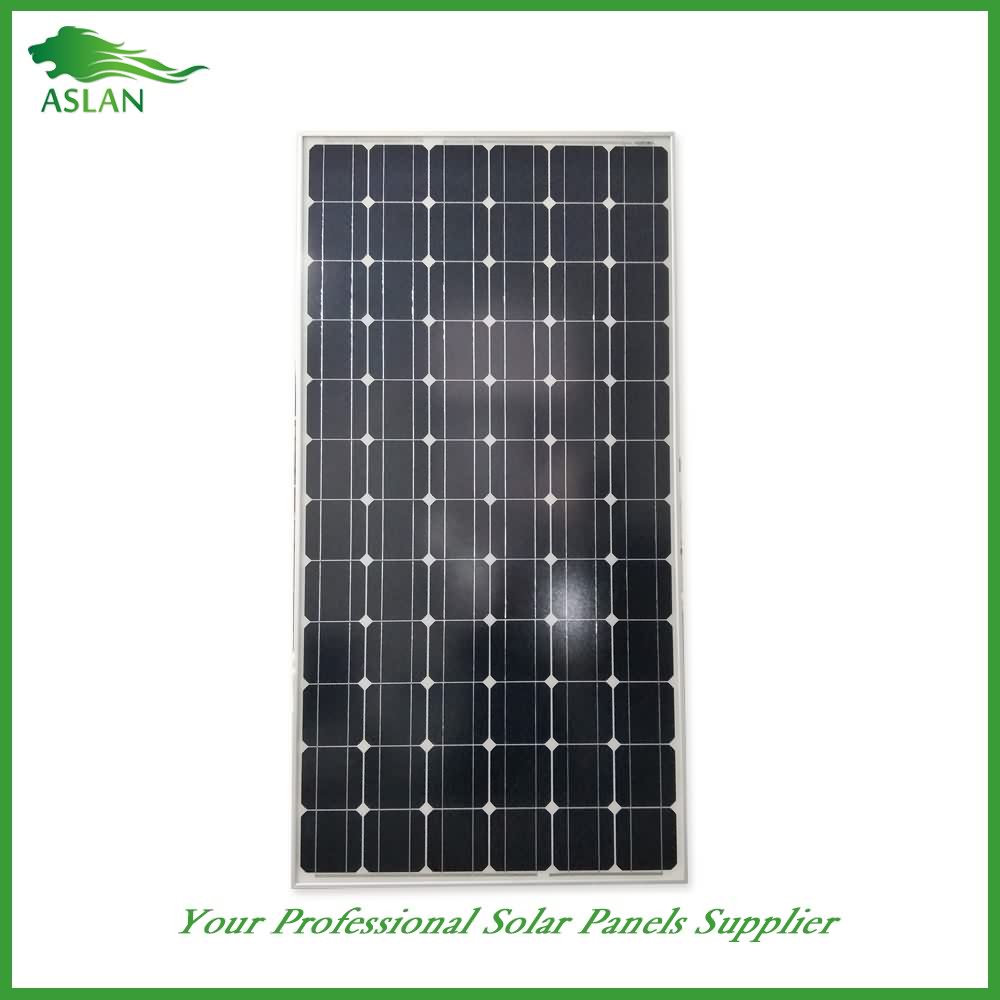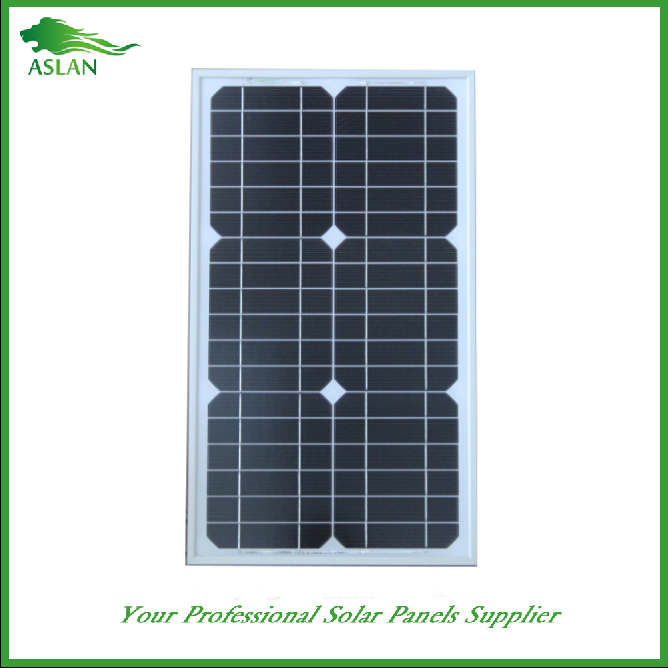27 Years Factory Mono-Crystalline 300W Solar Panel Factory from Cannes
Short Description:
To constantly improve the management system by virtue of the rule of "sincerely, good faith and quality are the base of enterprise development", we widely absorb the essence of related products internationally, and constantly develop new products to meet the demands of customers for 27 Years Factory Mono-Crystalline 300W Solar Panel Factory from Cannes, We are looking forward to establishing cooperative relationships with you. Please contact us for more information.
Mono-Crystalline 300W Solar Panel
Technical parameter
Maximum Power(W) 300W
Optimum Power Voltage(Vmp) 37.45V
Optimum Operating Current(Imp) 8.15A
Open Circuit Voltage(Voc) 45.60V
Short Circuit Current(Isc) 8.91A
Mechanical Characteristics
Cell Type Monocrystalline 156x156mm (6 inch)
No of Cell 72 (6x12pcs)
Dimensions 1950x990x50mm
Weight 22.1Kg
Front Glass 3.2mm,High Transmission, Low Iron,Tempered Glass
Junction box IP65 Rated
Output Cable TUV 1×4.0mm2/UL12AWG,Length:900mm
Temperature and Coefficients
Operating Temperature(°C): -40°C ~ + 85°C
Maximum System Voltage: 600V(UL)/1000V(IEC) DC
Maximum Rated Current Series: 15A
Temperature Coefficients of Pmax: -0.47%
Temperature Coefficients of Voc: -0.389%
Temperature Coefficients of Isc: 0.057%
Nominal Operationg Cell Temperature (NOCT): 47+/-2°C
Materials of solar panel
1).Solar Cell——Mono-crystalline solar cell 156*156mm
2).Front Glass——-3.2mm, high transmission, low iron, tempered glass
3).EVA——-excellent anti-aging EVA
4).TPT——-TPT hot seal made of flame resistance
5).Frame——anodized aluminum profile
6).Junction Box——-IP65 rated, high quality, with diode protection
Superiority: high quality anodized aluminum frame, high efficiency long life, easy installation, strong wind resistance, strong hail resistance.
Features
1. High cell efficiency with quality silicon materials for long term output stability
2. Strictly quality control ensure the stability and reliability, totally 23 QC procedures
3. High transmittance low iron tempered glass with enhanced stiffness and impact resistance
4. Both Polycrystalline and Mono-crystalline
5. Excellent performance in harsh weather
6. Outstanding electrical performance under high temperature and low irradiance
Quality assurance testing
Thermal cycling test
Thermal shock test
Thermal/Freezing and high humidity cycling test
Electrical isolation test
Hail impact test
Mechanical, wind and twist loading test
Salt mist test
Light and water-exposure test
Moist carbon dioxide/sulphur dioxide
Off Grid Solar Power System , This Set Up Has Powered Our Off Grid Home For The Past Four Years.
Si tienes un negocio con una sala de espera, aquí tienes la oportunidad de hacerte con el mejor contenido de vídeo para salas de espera al precio más barato del mercado. Toda la información en http://waitingroomstvs.com
¿Qué es el sistema solar?
Es un conjunto de planetas que giran alrededor de una estrella. Esta estrella es: EL SOL que se encuentra justo en el centro del sistema.
El Sol nos da luz y calor. Es la estrella más cercana a nuestro planeta
En el sistema solar hay 8 planetas y entre ellos está el nuestro: LA TIERRA (el único del sistema solar dónde hay vida)
¿Pero cuáles son los otros planetas que lo forman?
Por un lado tenemos los planetas interiores : que son los que están más cerca del sol, y por otro los exteriores que se encuentran más lejos. Estos son los planetas interiores: Mercurio, Venus, La tierra, Marte.
Y los planetas exteriores: que se encuentran más lejos del sol y son mayores que los interiores y son de naturaleza gaseosa. Estos son los planetas exteriores: Jupiter, Saturno, Urano, Neptuno y Plutón.
Alrededor de algunos planetas giran otros astros más pequeños llamados satélites. En la tierra tenemos solo uno : LA Luna pero en torno a Jupiter hay más de 60.
Pero no solo hay planetas y satélites en el sistema solar, también podemos encontrar:
Asteroides: rocas que giran en torno al sol. Se encuentran sobretodo, en dos zonas “El cinturón de asteroides” entre marte y júpiter y el cinturón de Kuiper más allá de Neptuno.
Los cometas: son astros helados que giran en torno al sol y al pasar cerca de él muestran una cola brillante
What is the solar system?
It is a set of planets orbiting a star . This star is SUN which is right in the center of the system.
The sun gives us light and heat. It is the closest star to our planet
In the solar system there are 8 planets and among them it is ours : The earth (the only planet with life in the solar system)
But what are the other planets that form the solar system?
There are the inner planets : they are the ones who are closest to the sun, and there are the outside planets: that are further away . These are the inner planets : Mercury, Venus, Earth , Mars.
The outer planets that are farther from the sun and are gaseous nature . These are the outer planets : Jupiter , Saturn , Uranus , Neptune and Pluto.
Planets revolve around some other smaller planets called satellites. On earth we have just one : The moon. But around Jupiter there are more than 60 satellites.
In the solar system, we can also find :
Asteroids : rocks revolving around the sun. They are mainly in two areas ” asteroid belt ” between Mars and Jupiter and the Kuiper Belt beyond Neptune .
The comets are icy rocks revolving around the sun that show a bright tai when they passed near the sun.
Igeo TV in english: watch this video, agency news and footage: http://www.youtube.com/channel/UCZR81PO2OtnJsB3V1pD3WrQ
